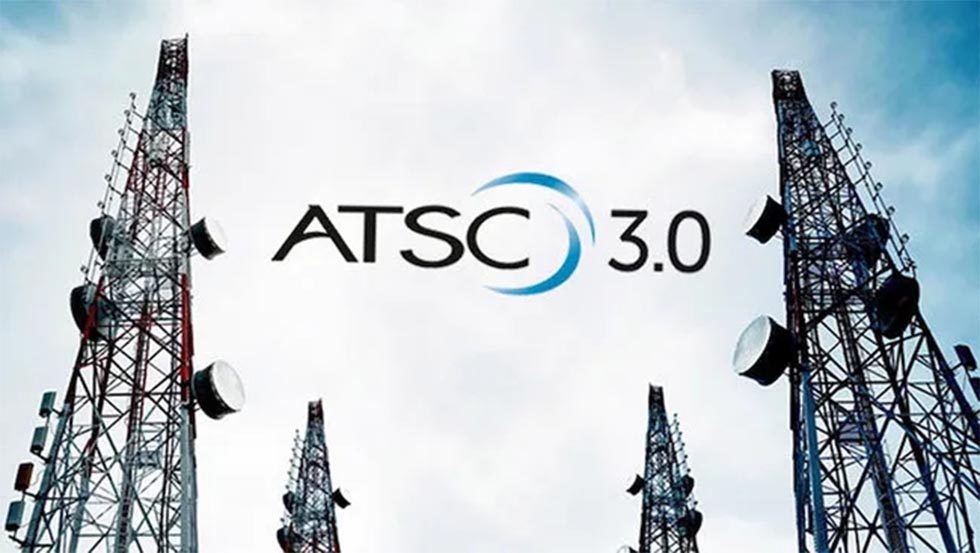FCC Opens White-Space Database Trial for German Provider
WASHINGTON — Regulators have greenlit a white-space database trial for a Lichtenau, Germany, telecom software provider. The Federal Communications Commission has conditionally designated LS telecom AG as a white-space database administrator for tracking unoccupied TV frequencies in the U.S. market. The databases are pinged by unlicensed devices, which are then free to transmit on those unoccupied frequencies.
The 45-day trial of LS telecom’s database will commence June 24. The trial, and a subsequent comment period, is part of the commission’s vetting process for approving a database administrator. During the trial period, TV stations, wireless mic users and others who use television frequencies are encouraged to try out the provider’s platform. Each database must have a functional channel-availability calculator, and registration facilities for cable headends, satellite receive sites, BAS temporary receive sites, fixed white-space devices and wireless mics.
“In addition, participants are encouraged to report any inaccuracies or provide comments on other issues with any aspect of the database system to LS telcom through the response facility on the trial’s website,” the commission’s Public Notice states. LS telecom’s trial site will go live June 24 and operate through Aug. 8, 2013, unless the FCC’s Office of Engineering and Technology deems an extension necessary.
The FCC opened up TV frequencies for use by unlicensed devices in September of 2010. Unoccupied TV channels were considered “taboo” for use with analog broadcasting because of the potential for co- and adjacent-channel interference. Following the 2009 digital transition, the move to open up taboo channels for unlicensed devices got underway. At the time of the 2010 order, nine companies applied to be database administrators.
Two have thus far been approved. Spectrum Bridge of Lake Mary, Fla., and Telcordia of Piscataway, N.J., now operate nationwide white-space databases. Telcordia’s uses a Google Maps API, while Spectrum Bridge is using the map API from Microsoft’s Bing. Spectrum Bridge further breaks down the search for three categories of devices—fixed, portable (white-space devices) and wireless mics. Telcordia’s search shows open channels for fixed devices and wireless mics.
The two databases have been live since March. Google, one of the original nine applicants, completed it’s 45-day trial April 17, 2013. Keybridge, also one of the nine, completed its 45-day trial April 24. Comments on both are due today.
Also see…
March 4, 2013, “White Space Databases Go Live Nationwide”
The authorization applies specifically to Telcordia of Piscataway, N.J., and Spectrum Bridge of Lake Mary, Fla., both of which have been operating the databases and wireless microphone registration systems along the East Coast; specifically, in New York, New Jersey, Pennsylvania, Delaware, Maryland, Virginia, North Carolina and Washington, D.C.
Get the TV Tech Newsletter
The professional video industry's #1 source for news, trends and product and tech information. Sign up below.
